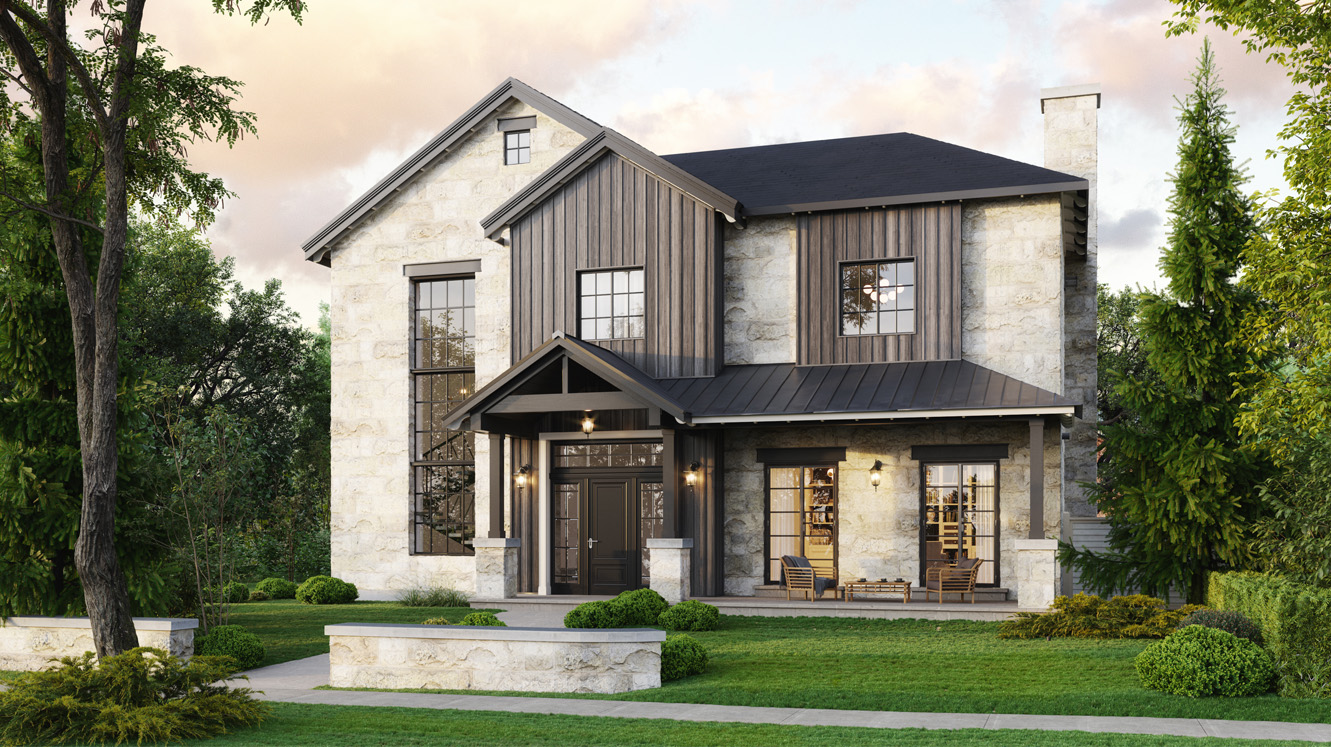In the world of architecture and home design, every detail counts. From the grandeur of structural elements to the subtlety of finishing touches, each aspect contributes to the overall aesthetic appeal of a property. Among these finer details, cedar battens stand out as versatile and visually striking components that can elevate the charm of any structure. In this comprehensive guide, we delve into the world of cedar battens, exploring their origins, applications, benefits, and tips for integration into various architectural styles.
Table of Contents
Cedar battens are narrow strips of wood, typically made from cedar, a type of softwood known for its durability, natural beauty, and resistance to decay and insects. These battens can vary in size, ranging from a few inches to several feet in length, and are commonly used for both functional and decorative purposes in construction and design projects.
Incorporating Cedar Battens Into Your Home Design
When incorporating cedar battens into your home design, you are choosing a versatile and visually appealing option for enhancing the aesthetic of your space. Whether utilized as an accent on walls, ceilings, or even furniture, their natural warmth and texture bring a touch of rustic elegance to any room.
Benefits of Cedar Battens
The popularity of cedar battens stems from a multitude of benefits they offer, including:
- Natural Beauty: Cedar wood is prized for its rich grain patterns, warm hues, and distinct aroma, adding timeless elegance to any architectural style.
- Durability: Cedar is naturally resistant to rot, decay, and insect infestation, making it an excellent choice for both interior and exterior applications.
- Sustainability: Cedar is a renewable resource, harvested from responsibly managed forests, making it an environmentally friendly building material.
- Low Maintenance: Cedar battens require minimal upkeep, with periodic cleaning and sealing prolonging their lifespan and maintaining their appearance.

Tips for Integrating Cedar Battens into Architectural Designs
When incorporating cedar battens into architectural projects, consider the following tips to achieve optimal results:
- Choose High-Quality Materials: Select premium-grade cedar battens to ensure durability and aesthetic appeal. Look for straight grain, uniform color, and minimal knots for best results.
- Coordinate with Overall Design: Consider the architectural style, color palette, and surrounding environment when selecting cedar battens to ensure they complement the overall design concept.
- Experiment with Patterns and Arrangements: Explore different batten spacing, orientations, and installation methods to create unique visual effects and architectural interest.
- Proper Installation: Follow manufacturer guidelines and best practices for installing cedar battens to ensure structural integrity, weather resistance, and longevity.
- Regular Maintenance: Implement a maintenance schedule that includes cleaning, sealing, and inspecting cedar battens to prevent moisture damage and preserve their appearance over time.
Frequently Asked Questions
What is the difference between cedar battens and cedar shakes or shingles?
While cedar battens, shakes, and shingles are all made from cedar wood, they serve different purposes in construction. Cedar shakes and shingles, on the other hand, are thicker pieces of wood often used for roofing or siding applications.
How do I maintain cedar battens to ensure their longevity?
Proper maintenance is key to preserving the beauty and integrity of cedar battens. Inspecting for signs of wear or damage and addressing them promptly also extends the lifespan of cedar battens.
Are cedar battens suitable for all climates?
Cedar wood is naturally resistant to decay and insect damage, making it suitable for a wide range of climates. In such cases, proper installation techniques, including adequate ventilation and sealing, can mitigate potential issues.
Are there any environmental considerations when using cedar battens?
Additionally, consider the transportation footprint of the cedar battens to reduce carbon emissions. By being mindful of these environmental considerations, you can make a more sustainable choice when using cedar battens in your projects.
Conclusion
Cedar battens represent a timeless and versatile design element that adds warmth, character, and durability to architectural projects. Whether used as exterior cladding, interior paneling, or landscape features, cedar battens offer a harmonious blend of natural beauty and functional benefits. By understanding their origins, applications, benefits, and integration tips, architects, designers, and homeowners can harness the aesthetic potential of cedar battens to create captivating spaces that stand the test of time.


